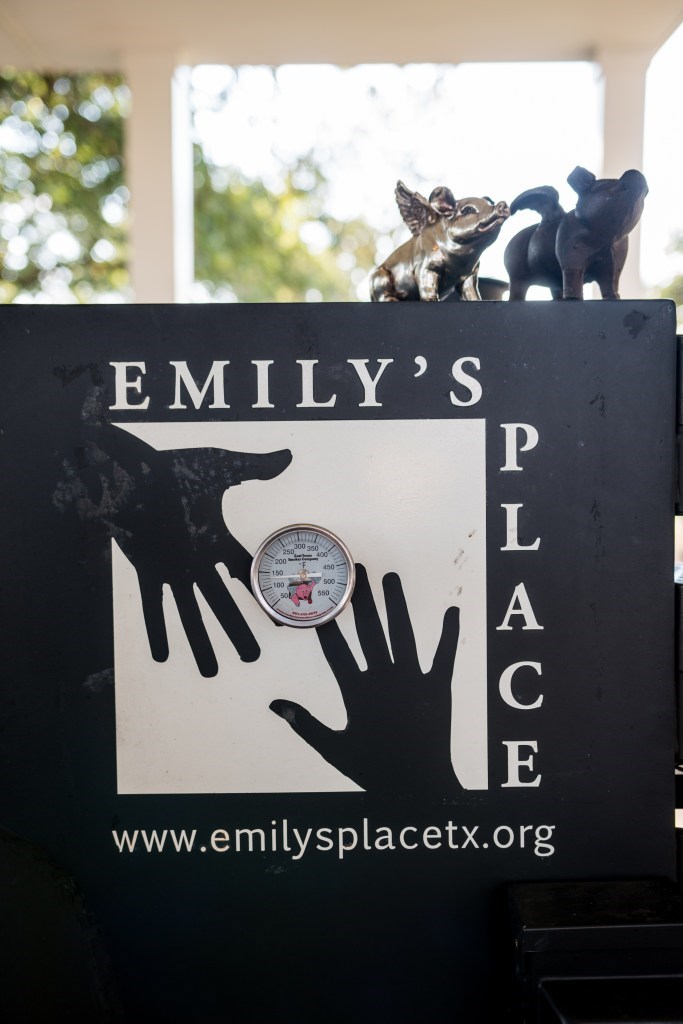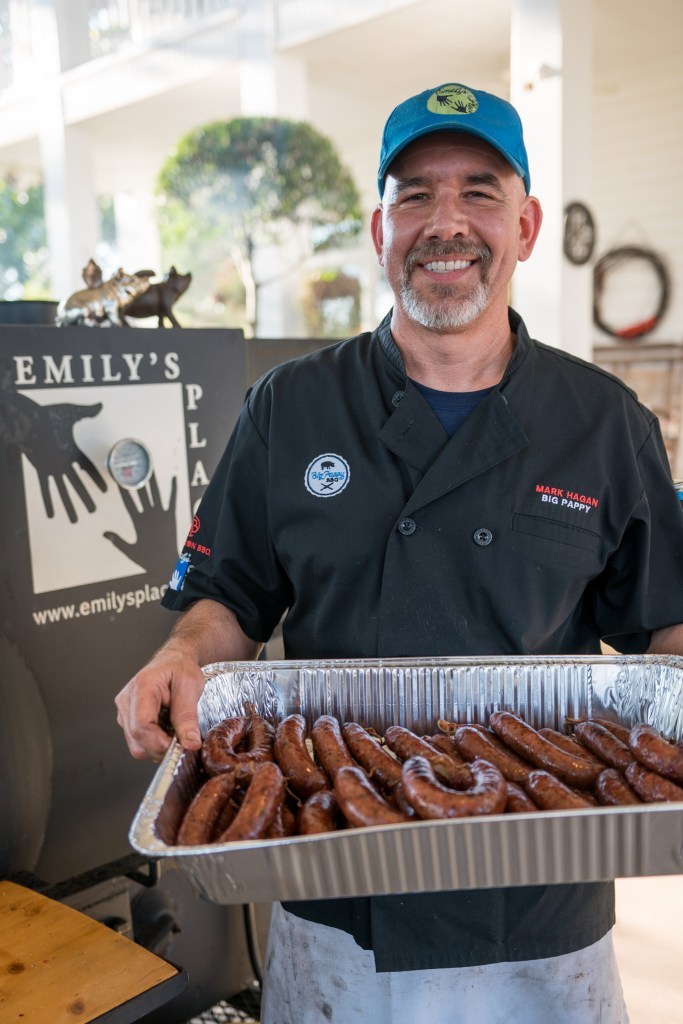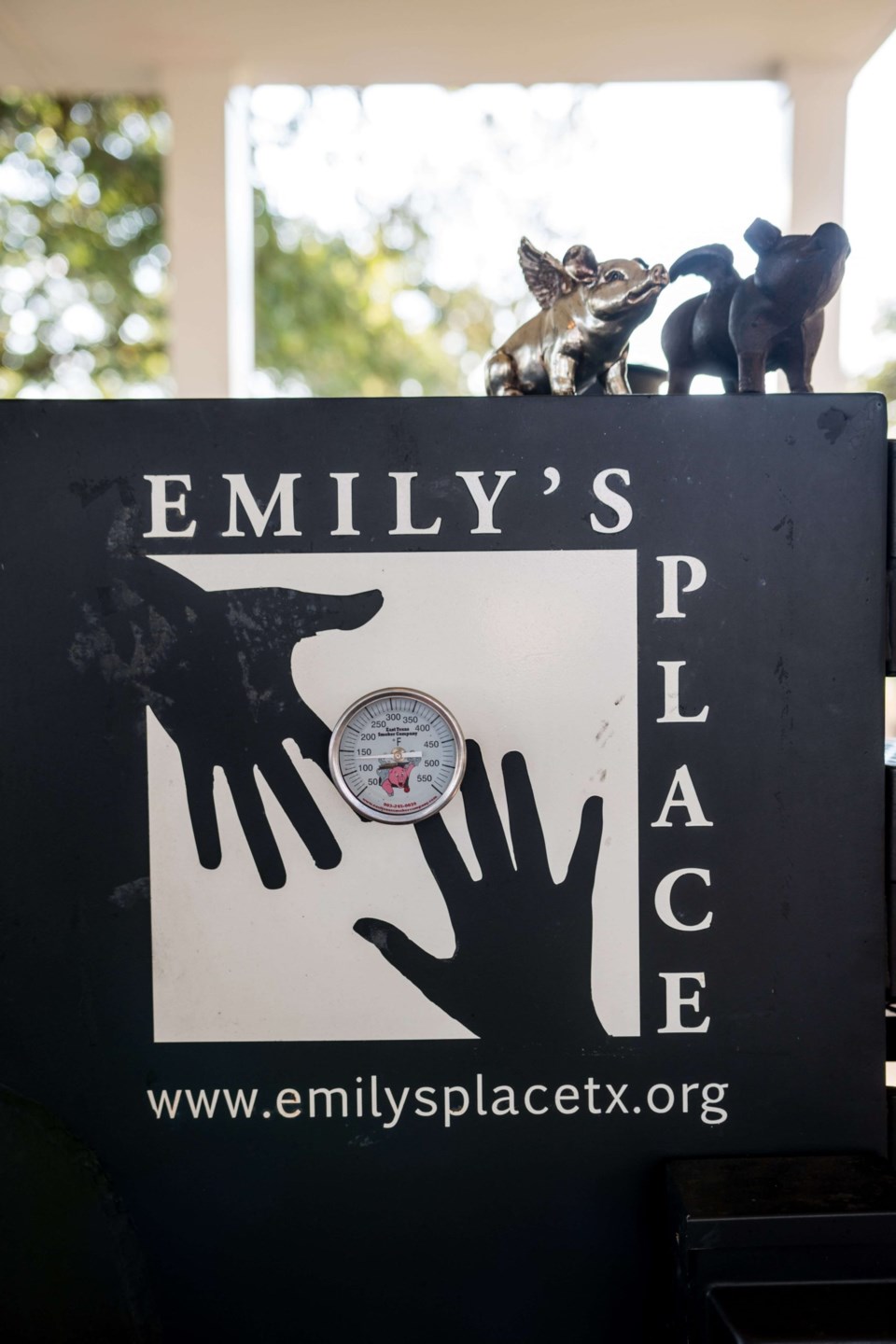When everybody is trying to raise money for a good cause, nonprofits have to stand out.

There are countless amazing charities in Collin County, and nearly every person has a cause close to their heart from cancer research, domestic abuse victims, homelessness or the arts. But succeeding as a nonprofit can be a double-edged sword. The positive actions of nonprofits can often outshine the fact that it took a lot of money, volunteer hours and a team of people to run the charity day in and day out. But nonprofits are a business, and at the end of the day they got bills to pay too.
Cheryl Jackson is the founder of Minnie’s Food Pantry, a food bank that has provided nearly seven million meals to those in need in Collin County since it opened a decade ago.
“A nonprofit is still a business, and a lot of people don’t look at it like that way when you’re providing a million meals a year. Someone has to pay for the overhead costs,” she explains. “There is competition between charities just like businesses. Everyone is trying to get that person’s dollar.”
To get those dollars, charities have to make themselves shine brighter than the rest. Cheryl, also known as Action Jackson, knows conveying her passion for feeding the hungry to donors and corporate partners is an integral part to the business’s success. Minnie’s Pantry has been featured on the Food Network, Oprah, The Ellen Degeneres Show and other national media platforms thanks to Cheryl’s marketing background. At their most recent annual gala, Cheryl received a $100K donation from Oprah, a separate $100K from Mark Cuban and the Mavericks basketball team attended the event.
“I celebrated at the gala, but I was simultaneously wondering, how can I top this?,” she says. “Every day, I ask my team, ‘How can we do something better? You’ve got a national platform, but what’s the next best move?’ It’s a daily reality; trying to raise money and trying to serve everyone the best way possible.”
Like other businesses, Cheryl has to decide when and where money needs to be spent in order for the charity to expand. But spending money to grow the business means that money isn’t being spent on food for the hungry.
“First, I look to see if what I need has to be paid for. I ask companies to donate their time and skills. A lot of corporations want to share strategies or procedures with us to help us do business in a better way. We also ask if someone will provide what we need pro bono, but if it’s something we have to pay for, we’ll pay for it. I’ve surrounded myself with people who balance out my weaknesses. If I spend money, it’s on something I can’t do myself or my team can’t do. I’ve hired marketing companies before and realized I did a better job in-house. It’s a touch and go feeling,” she says.
Another nonprofit Minnie’s Pantry provides food for is Emily’s Place. Founder Mark Hagan is emphatic when he says, “Emily’s Place is not a shelter.” Most women’s shelters allow people to stay for a maximum of three months. Emily’s Place is a long term “transformational housing ministry” with a live-in staff that provides around the clock assistance. The women, who are often mothers as well, commit to a two-year program that includes: mandatory classes covering life and job skills, financial training and parenting; weekly counseling session; and addiction recovery programs.
To raise money, like many nonprofits, Emily’s Place has an annual gala with a silent auction. One of the most unique and expensive items auctioned off is a barbecue cook. Mark, along with his wife Edie, board member Randy Cochran and another volunteer or two, will bring the custom-made Emily’s Place smoker to your house, and they cook. They’ll cook ribs, pulled-pork, sausage from Lockhart’s, shrimp and grits, coleslaw, baked beans, roast an entire pig from Ye Old Butcher Shop, and end the night with homemade fruit cobbler and Bluebell ice cream for you and your closets 70 to 100 friends. At his most recent cookout, I marveled at the massive amounts of meat and asked Mark how he came up with the idea.

“The real truth? About seven years ago, I had a big trip to auction off during our spring gala. The guy donating the trip backed out two weeks before [the gala], and it was the main item that was going to make money. I didn’t have anything to replace it. I had cooked a few times with my buddies, and a friend said, ‘Why don’t you put up a pig roast? People will buy it because you’re doing it.’ Well, I didn’t have any choice.
“We put the pig roast up and sold four of them raising $20,000. It was pure luck.
The cool part is—outside of the $350,000 [we’ve raised doing cookouts]—the people who come to these parties learn about the organization and then come volunteer or get their company involved. Roughly, it’s about $500,000 we’ve connected through freaking barbecue. It’s crazy.”
Since the first cookout was auctioned off, Mark’s done three to four every year.
Getting on national television, auctioning off unique experiences and connecting with donors is just the tip of the iceberg to running a successful nonprofit. One of Cheryl’s biggest challenges is having to compete with other worthy and larger nonprofits.
“There is competition between charities just like businesses,” Cheryl explains. “Everyone is trying to get that person’s dollar. Sometimes, I feel like David fighting Goliath. How do you tell someone your charity needs it more than someone else’s charity? Everybody’s mission is very important, so how do you make your mission shine brighter? We have to run Minnie’s Pantry like a business, and I respect people in the nonprofit world that create successful organizations. When someone you’ve helped says thank you—and they say it with their eyes or smile—that shows how important the job is.”
Learn more about how to donate or volunteer at emilysplacetx.org and minniesfoodpantry.org




